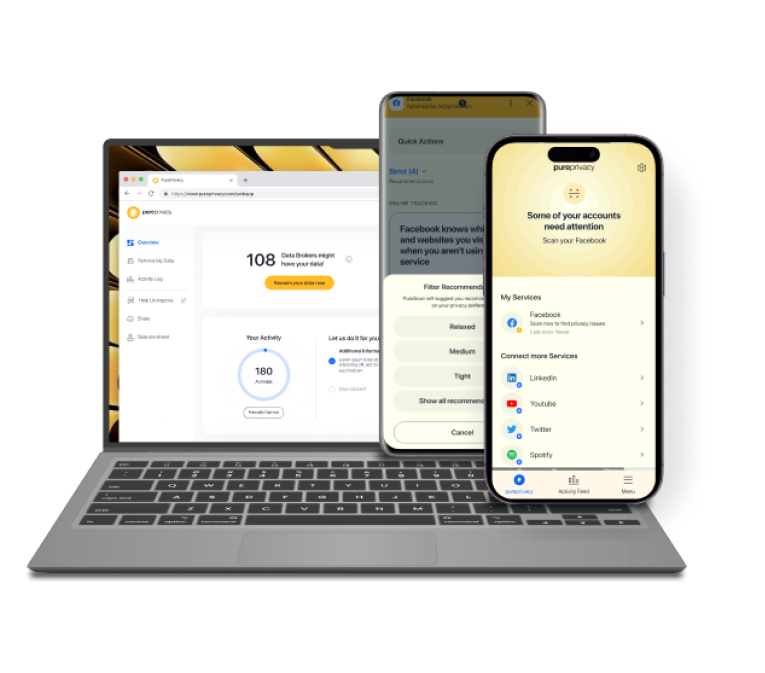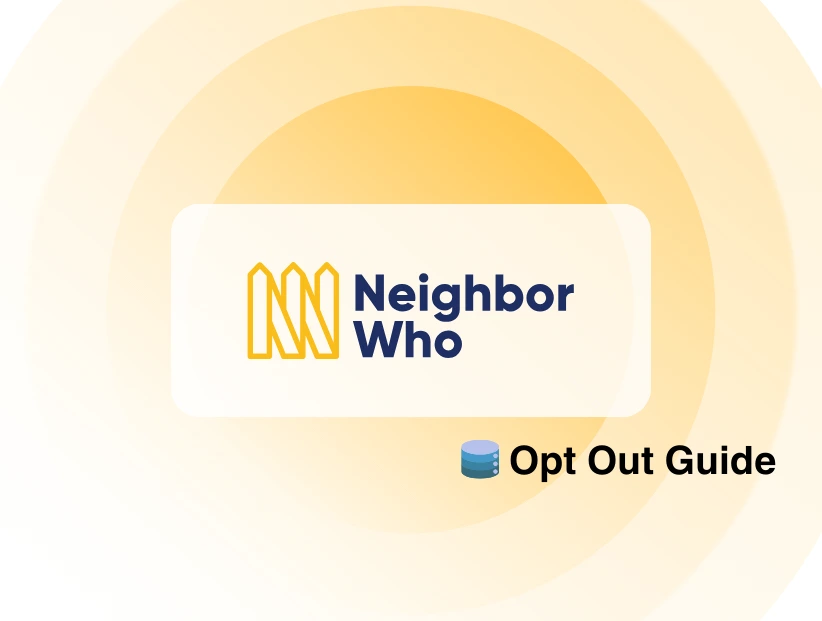Table of Content
It’s no coincidence that you are reading about online data breaches quite often nowadays.
The actual number of data breach victims has exploded to 1 billion in 2024 alone, a staggering 409% increase from 2023.
And did you hear about the recent PayPal data leak?
Most of the victims found that their PayPal accounts had been hacked, with funds mysteriously disappearing or appearing without their knowledge.
To make matters worse, hackers would file chargeback requests leaving several victims out of pocket and facing negative account balances.
This guide explains what happened during the breach, who’s at risk, and how to protect yourself.
What Happened in the PayPal Data Leak?
Hackers tried to get into PayPal accounts using stolen passwords from other websites. They used a trick called "credential stuffing" to do this. When they got in, they saw private information like Social Security numbers and addresses.
PayPal addressed the issue by resetting passwords for affected accounts, revealing that the hackers accessed passwords from outside sources, not PayPal’s system. This highlights the importance of using unique, strong passwords for each website.
Well I should've paid attention to that data leak cause I'm pretty sure someone just tried to get into my paypal account
— Greg (@Gresdak) January 31, 2024
What Was the Impact on PayPal Users?
The PayPal data breach had a big impact on users. Sensitive personal information like Social Security numbers and addresses was exposed, putting them at risk for identity theft and fraud.
While PayPal quickly reset passwords to stop further access, users still faced worry and inconvenience. They had to deal with the stress of protecting their accounts and fixing any problems caused by the breach.
Millions of PayPal Users Targeted in This Cyberattack
The PayPal data breach in December 2022 affected millions of users around the world. Although the exact number of hacked accounts wasn't shared, the breach impacted many people who use PayPal.
PayPal has stated:
"The data does not include full payment card details, social security numbers, or other highly sensitive personal information. However, email addresses and phone numbers were among the compromised data."
Cybersecurity experts warn that even with these reassurances, the leaked information could still be exploited to target users with phishing attacks and other forms of online scams.

What Are the Potential Privacy Risks from Exposed Data?
The data leaked in the PayPal incident can lead to several privacy risks, including:
| Risk | Description |
| Identity Theft | Unauthorized use of personal information for fraudulent activities. |
| Phishing Scams | Targeted attempts to trick you into revealing sensitive information. |
| Spam and Unsolicited Marketing | Increased volume of unwanted communications. |
| Financial Fraud | Potential for unauthorized transactions or account takeovers. |
| Harassment and Stalking | Increased risk of unwanted contact. |
To mitigate these risks, affected users should closely monitor their accounts, update passwords, and consider using identity theft protection services.
How to Take Immediate Action in Case of a Data Leak
If you’ve been affected by the PayPal data leak, taking swift action is crucial:

Change Your Passwords
Update passwords for all online accounts, especially those linked to the compromised email address.
Monitor Your Accounts
Regularly check bank and credit card statements for any unauthorized transactions.
Enable Two-Factor Authentication
Strengthen the security of your online accounts by enabling two-factor authentication.
Be Vigilant for Phishing Scams
Be cautious of any suspicious emails or texts claiming to be from PayPal or other companies.
Even if you are following the best privacy and security tips, hackers are always one step ahead of you. In such cases, the best course of action is to use a privacy-focused app like PurePrivacy that can automate data monitoring and data removal for you.
- Use Dark Web Monitoring to check whether or not your personal information is on the dark web.
- Use the Tracker Blocker to prevent websites from tracking your online activities.
- Use the Remove My Data feature to request the removal of your information from data brokers.
- Use the Social Privacy Manager to enhance privacy on your social media accounts.
Scan the Dark Web for Your Data
Receive dark web alert notifications whenever your information appears online and take action before you are a victim of a financial fraud.
Stop Trackers from Collecting Your Data
You can prevent websites and trackers from gathering and selling your browsing data to the highest bidders or ad agencies.
Send Requests to Remove Your Data
Find data brokers who are using your information without consent and send recurring opt-out requests to 200+ data brokers.
Improve Your Social Media Security
Use PurePrivacy to review and enhance your social media privacy settings on major platforms including Facebook, Instagram, Spotify, X, LinkedIn, YouTube.
Frequently Asked Questions (FAQs)
-
What happened in the PayPal data leak?

In the PayPal data leak, hackers gained access to sensitive user information like email addresses and financial details. This breach could lead to fraud or identity theft.
-
Who was affected by the PayPal data leak?

The leak potentially affected many PayPal users, including those with active accounts and stored payment information. If you use PayPal, you might be at risk. Use PurePrivacy to keep an eye on your personal information and stay informed about any unusual activity.
-
How do I know if my information was part of the leak?

PayPal usually notifies affected users directly. If you haven’t received a notice but are concerned, check your account for any suspicious activity. PurePrivacy can help you monitor unauthorized use of your data and alert you to any potential issues.
In Conclusion
The PayPal data leak underscores the importance of strong personal security measures and robust company protection.
You can use the PurePrivacy with a VPN to protect your information from hackers, scammers, and doxxers.






